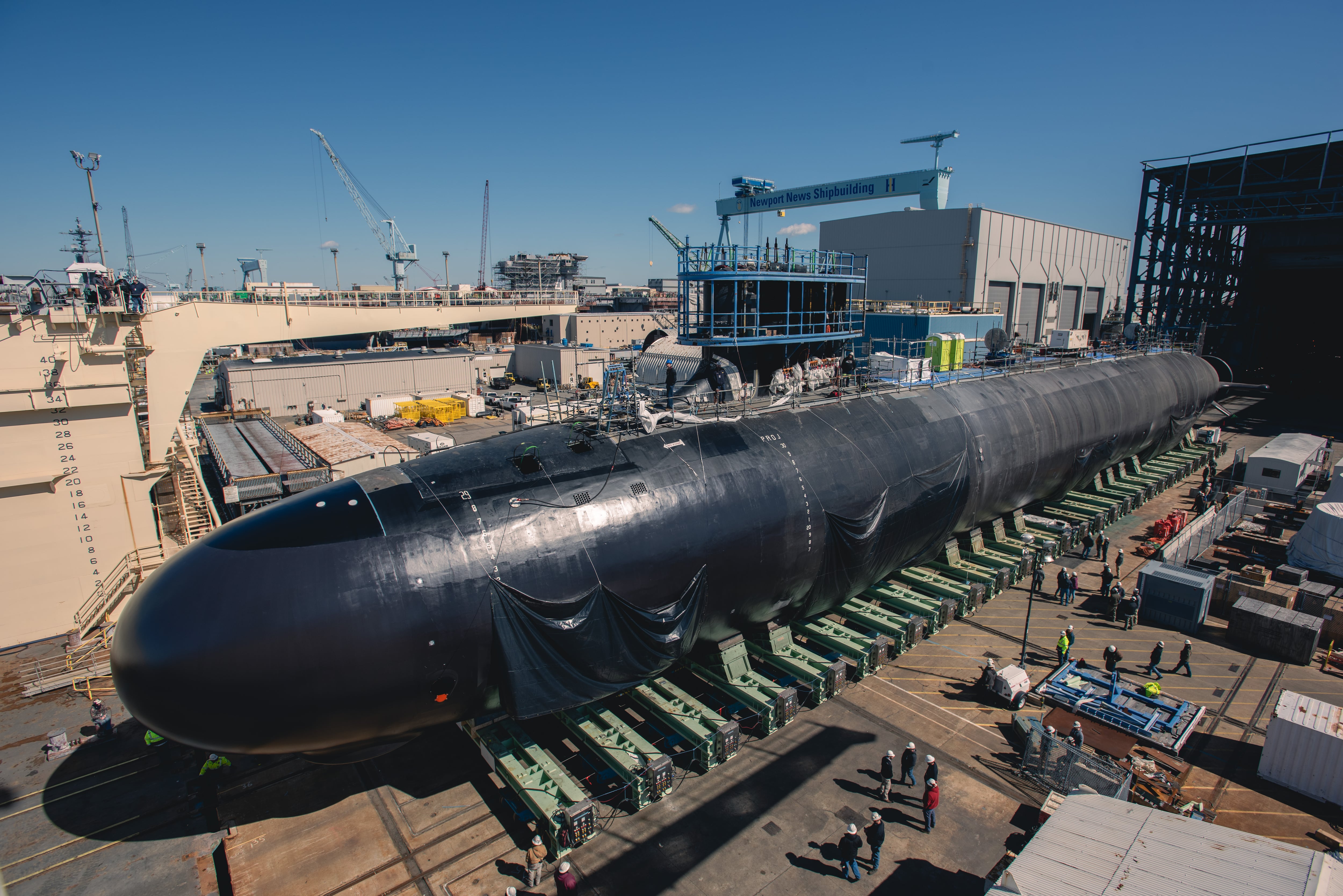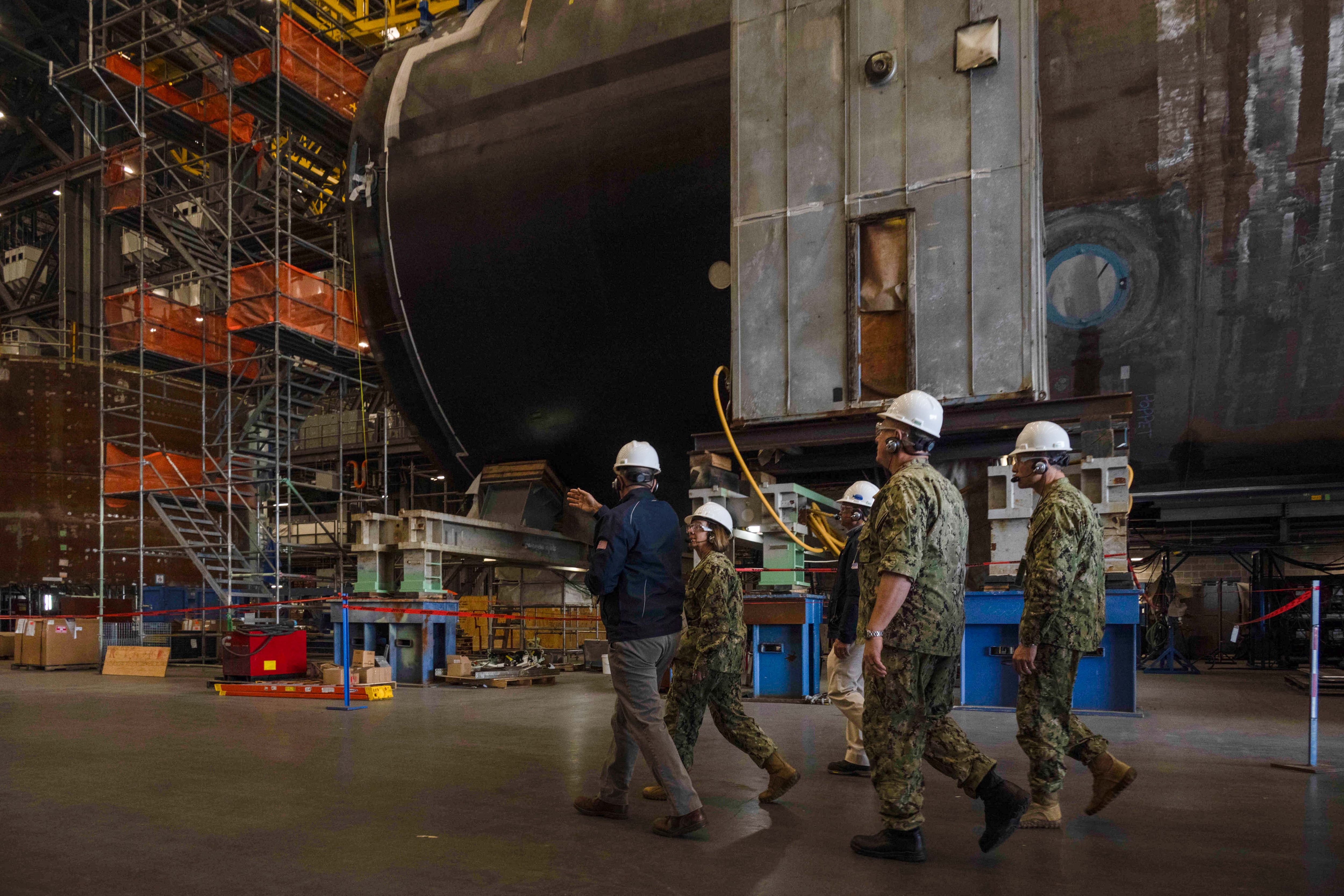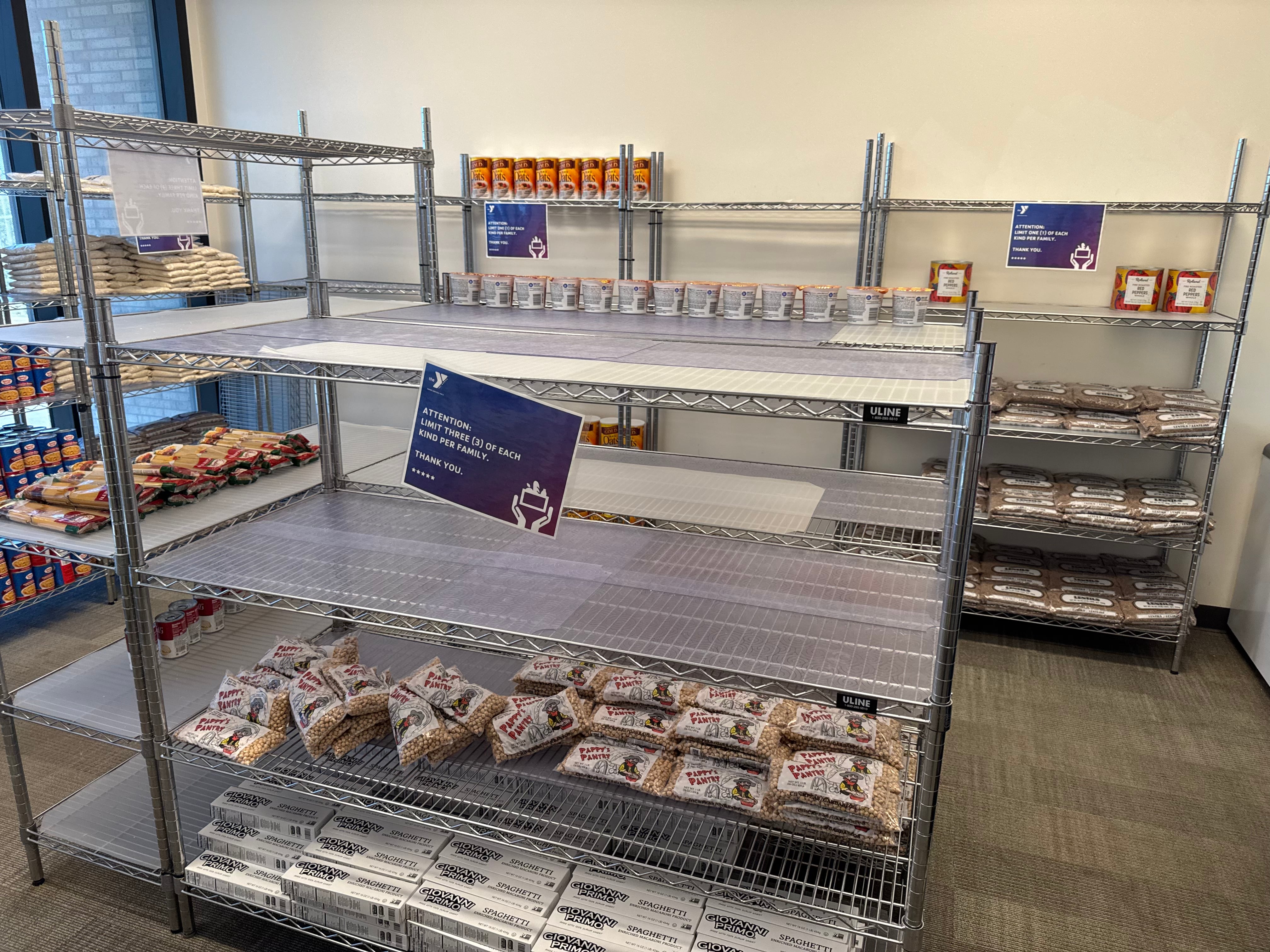The Navy hopes its Next-Generation Attack Submarine, currently known as the SSN(X), will be a successful combination of stealth, operational life and autonomous technology — but that idea may not become reality anytime soon.
A Wednesday report to Congress sent by the Congressional Research Service said the submarine’s development is projected to be significantly delayed.
While the Navy requested nearly $623 million in research and development for the program in its fiscal 2026 budget proposal, the timeline for the attack submarine has not changed since the service delayed its production from the 2030s to the 2040s last year.
Critically, the Congressional Research Service report lists among its issues for Congress the possible impact this delay could have on U.S. global seapower and warfighting capabilities, specifically “on the future U.S. ability to maintain undersea superiority and fulfill U.S. Navy missions.”
During the fiscal 2025 budget process, the planned procurement of the first SSN(X) was delayed by five years — from fiscal year 2035 to 2040 — “due…to limitations on the Navy’s total budget,” according to the Congressional Research Service report.
Prior to last year, the SSN(X) program had already been delayed from a projected 2031 start.
RELATED

“The delay of SSN(X) construction start from the mid-2030s to the early 2040s presents a significant challenge to the submarine design industrial base,” the Navy’s fiscal 2025 budget proposal said. The service said that was because of an “extended gap” between the design programs for its Columbia-class submarine and the future SSN(X).
The plans for the SSN(X) are ambitious. According to the Navy, the next-generation submarine “will provide greater speed, increased horizontal [i.e., torpedo room] payload capacity, improved signatures, flexibility” and “conduct full spectrum undersea warfare.”
Autonomous systems are expected to be integrated into the SSN(X), which will reportedly model the stealth capabilities of the Virginia class and the rapid attack functions of the Seawolf class.
Plans also call for the submarine to incorporate the flexibility and operational hardiness of the Columbia class, which itself is facing staggering delays in development and is currently projected to be delivered two years late in 2029.
Like the Columbia and Virginia classes, the vessel will be nuclear-powered. It is projected to be larger than the original design for the Virginia-class submarine, which is about 7,800 tons submerged, and possibly go over 10,100 tons.
The cost to procure the next-generation submarine is currently projected to fall between $7.1 billion and $8.7 billion.
Delays remain an urgent issue within the Navy’s efforts to reboot U.S. shipbuilding, which the GAO has described as being in a “perpetual state of triage.”
Zita Ballinger Fletcher previously served as editor of Military History Quarterly and Vietnam magazines and as the historian of the U.S. Drug Enforcement Administration. She holds an M.A. with distinction in military history.





